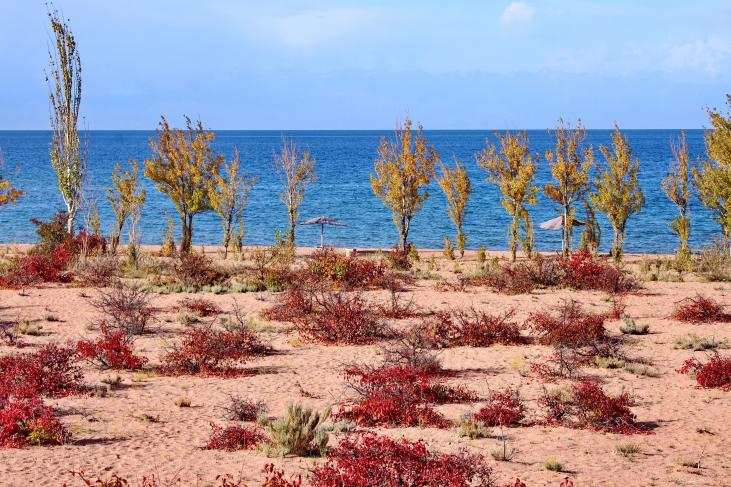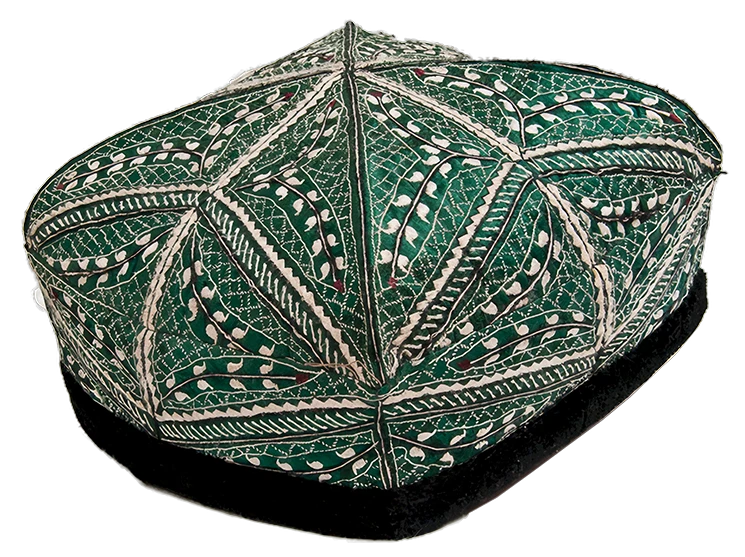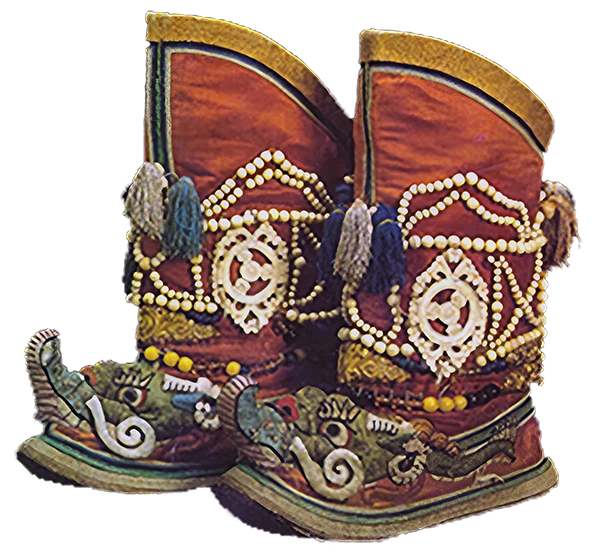Teskei Geopark in Issyk Kul region
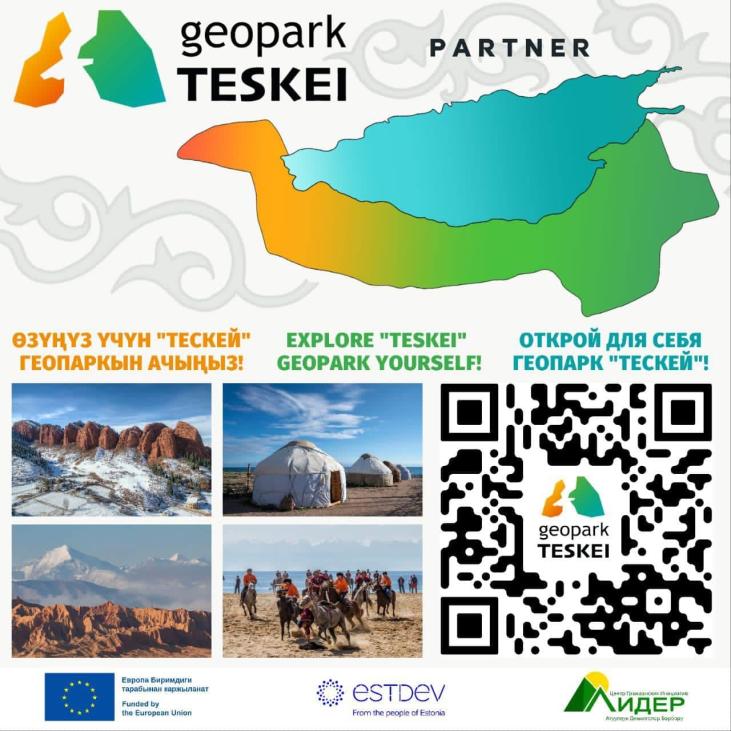
By working together, Nomad's Land and Geopark Teskei can create a synergistic relationship that promotes sustainable tourism, conserves natural and cultural heritage, and benefits both the local communities and visitors. This collaboration allows for a responsible and enriching tourism experience while supporting the long-term preservation of the Geopark's unique features.
Samuel Maret
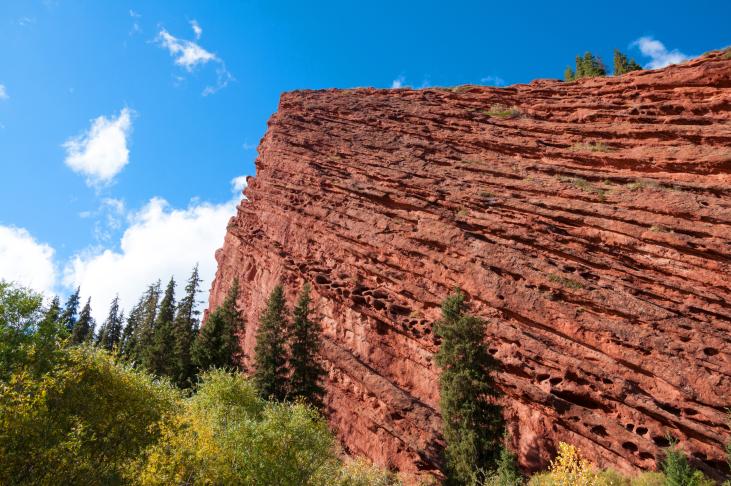
What is a Geopark?
Geoparks are areas that represent geological diversity and promote sustainable regional development based on local initiatives.
They draw attention to potentially dangerous geological phenomena and, in many cases, help local communities develop disaster risk mitigation strategies.
Geoparks reveal the earth's geological history, stretching back over 4.6 billion years, and provide insight into the geological diversity that has shaped every aspect of our lives and our societies.
Within the framework of the promotion of the UNESCO Global Geoparks Programme, an ad hoc interministerial working group recommended, for the further development of the region and in particular of geological and cultural tourism, the southern coast of the Issyk-Kul region as a potential geopark.
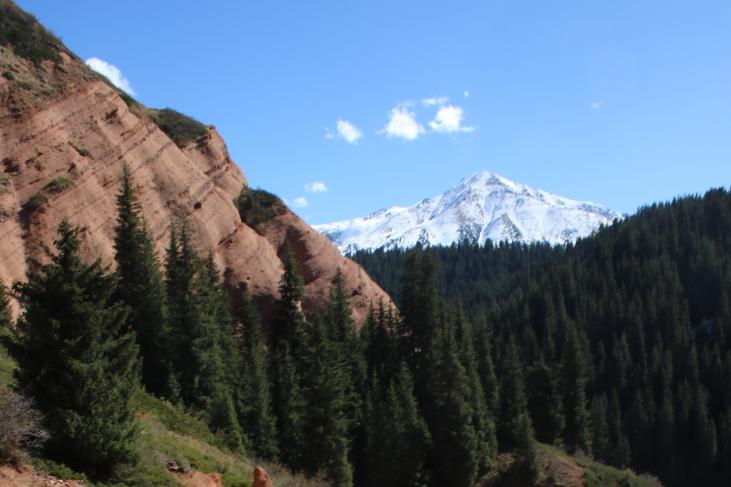
Teskei Geopark
Teskei Geopark is located in Kyrgyzstan in the Teskei Ala-Too mountains, along the southern shore of Lake Issyk-Kul. The total area of the Geopark is 8,090 square kilometres and the altitude varies from 1,600 m to 5,000 m above sea level.
The lowest point of the Geopark is Lake Issyk-Kul (1600 m) and the highest point is Karakol Peak (5281 m).
According to the experience of other countries, the creation of geoparks is facilitated by:
1. Development of sustainable tourism.
The UNESCO sites act as a platform for the development of sustainable tourism, the preservation of social and cultural values of society and the conservation of natural resources, as they are under the protection of UNESCO;
2. development of the region as a site for scientific research, education and recreation.
The active role of Geoparks is also to develop the economic potential of the area by raising the overall image associated with geological and cultural heritage and the development of ecotourism.
The creation of local innovative enterprises, new jobs and training courses are stimulated, as new sources of income arise from geo- and eco-tourism, while the geological, natural and cultural resources of the area remain protected.
